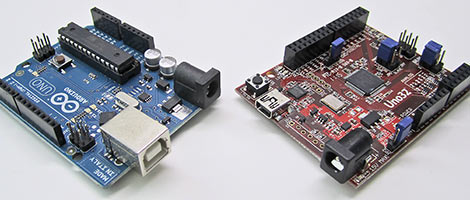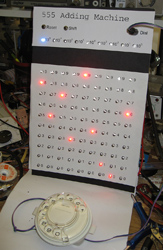
While Boston Dynamics’ Big Dog is pretty impressive, check out this video of the US Army’s first attempt at a quadruped vehicle. Created in the early 1960s with the help of GE, this Army experiment was the first successful attempt of replicating a four-legged animal with a mechanical machine.
This “Walking Truck” was driven by a single operator who moved each of the vehicle’s legs using force-feedback hydraulic levers. Choreographing the machine’s movement was quite complicated, and during testing the Army found that the operator needed a mental break after only 15 minutes of use. As you can see in the video, the vehicle flexes some serious muscle. It kicks a Jeep out of its way with little effort, but it is still able to gently step on a light bulb without breaking it, due to the level of tactile feedback received by the operator.
If it weren’t for government budget cuts, we could be living out [George Lucas’] dream of AT-AT based combat right this minute!
[via Gizmodo]

















